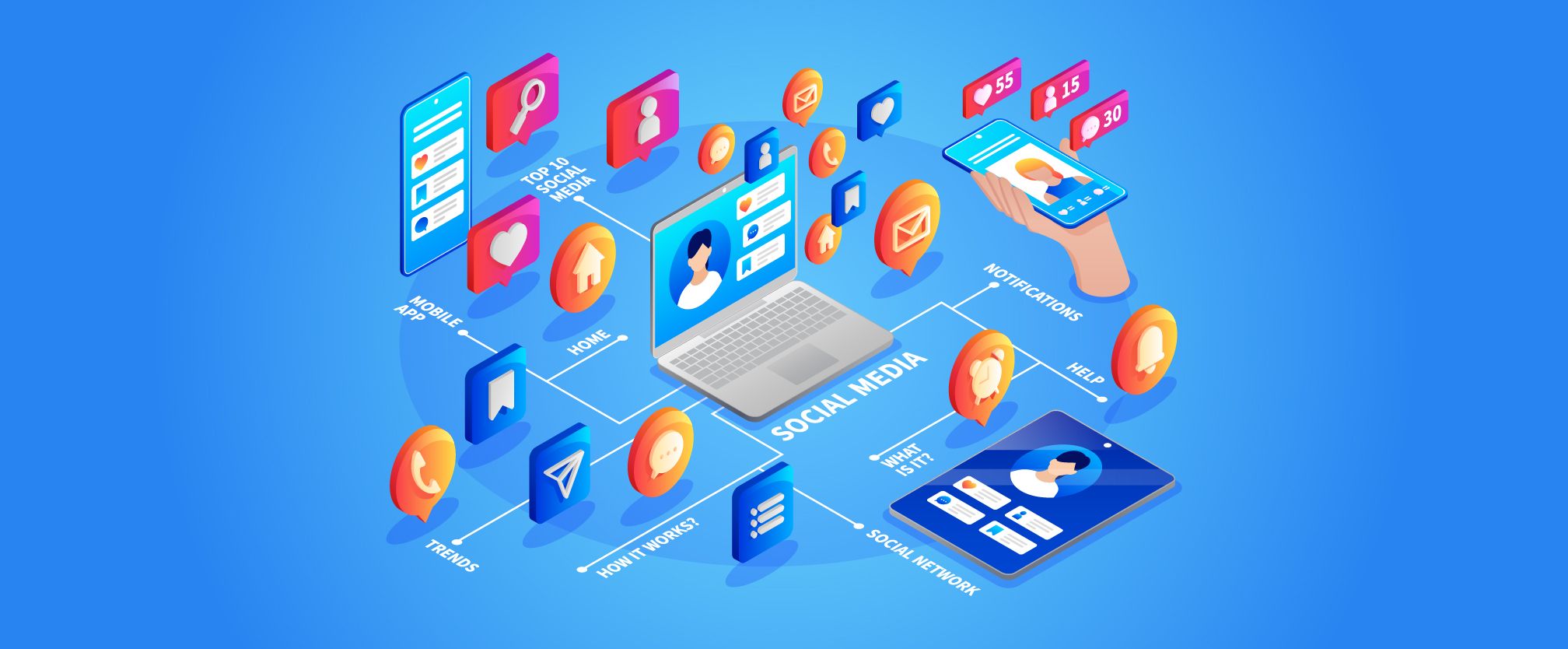In the US, electronic patient care report (ePCR) software has been a standard component of emergency medical services (EMS) operations for over two decades. Since they were introduced, the efficiency gains they have provided emergency responders have directly contributed to thousands of lives saved.
However, the complexity of these systems often means that EMS providers may encounter challenges when adopting new software. Whether a provider is upgrading an old digital solution with better EMS patient care report software or is adopting an ePCR suite for the first time, there are bound to be at least a few snags along the way. At best, these snags could result in a waste of important resources. At worst, they could result in dissatisfaction among crews, resulting in expensive turnovers amid an ongoing national EMS staff shortage.
Fortunately, EMS agencies no longer need to stumble around during system changeovers. In the decades since ePCR systems started to be widely adopted, it’s become clear that engaging users was a key ingredient in a successful transition. Let’s look at some hard-learned pointers in ePCR software adoption that will keep staff engaged and upbeat:
1. Involve Frontline EMS Staff in the Software Selection Process

Experienced ambulance crews and other front liners will undoubtedly have a wishlist of features that they would like to see in any system update. Any suggestions on usability and workflow integration coming from frontline staff must be given priority since these areas will have a major impact on user experiences and efficiency gains.
2. Ask Vendors to Provide Hands-On Demonstrations
EMS staff must be allowed to adequately explore the functionalities of different ePCR software solutions before the organization purchases them. These interactive demonstrations should give users a clearer idea of which solutions to endorse.
3. Provide Comprehensive Training
Once an ePCR solution has been selected, the organization has to guarantee that all end-users have the training they need they need to successfully navigate the new tool. If the vendor cannot provide the needed level of support, the EMS provider must consider an alternative solution or find a third-party consultant who could conduct the training. Ongoing support resources such as tutorials and 24/7 help desks should also be available to address any challenges that arise during the transition to the new ePCR software.
4. Encourage EMS Staff to Explore the Software
ePCR software usage has implications for users’ skill development and may unlock education opportunities. Offering workshops and certification programs related to ePCR software will not only deepen staff’s proficiency in the new solution but may also broaden professional advancement, particularly in fields such as healthcare informatics, data analysis, and management.
5. Establish Mentors
Staff members who become proficient users of the ePCR software can be tasked with serving as mentors to those who have challenges using it. These individuals can provide guidance, and training and share best practices that could speed up their peers’ acceptance of the new technology.
6. Customize Templates and Workflows
The EMS staff should be given a say in the customization of ePCR templates and workflows so that they align with their specific needs, protocols, and reporting requirements. Depending on the scope of responsibilities, the software should be customizable enough from the user side so that it can accommodate different scenarios and preferences without sacrificing data accuracy.
7. Solicit Feedback from Stakeholders
Adoptions of ePCR software have failed when managers set guidelines that are incompatible with field conditions. To ensure the success of the ePCR investment, agencies must actively seek feedback from ambulance crews, supervisors, and other stakeholders throughout the implementation process and beyond. To gather this feedback, organizations can run surveys and focus groups to gather insights on challenges and areas for improvement.
8. Celebrate Milestones and Achievements

It may seem like a small gesture but celebrating achievements, and milestones related to the adoption of ePCR software can help keep the solution on top of the minds of users, giving them cause to reevaluate it. EMS providers must also make it a point to acknowledge the contributions of staff who have embraced the technology and made meaningful improvements in its use for patient care.
9. Allow Staff to Continuously Improve their Processes
While crews need to master their newly adopted ePCR systems, it is more important for the organization to be adaptable to new methods and systems. Should staff find new ways to save time without compromising data accuracy, there should be mechanisms in place to efficiently roll out these new processes across the organization.
ePCR Software Can Drive Efficiency and Empowerment
The adoption of ePCR software doesn’t just impact EMS agencies’ revenues. These solutions can also be a catalyst for empowered, happy employees. When EMT crews are comfortable with their ePCR solutions, they can spend less time on data reconciliation and paperwork, and more time providing medical care.
Before staff can master ePCR tools, however, they need to be given a say in their adoption. For that to happen, decisions related to the selection and use of ePCR software need to be run by ambulance crews and other people who are expected to use them. Involving frontline personnel in the adoption process should allow EMS agencies to transition to more efficient methods of resource allocation and patient care without creating undue strain on already overworked crews.




